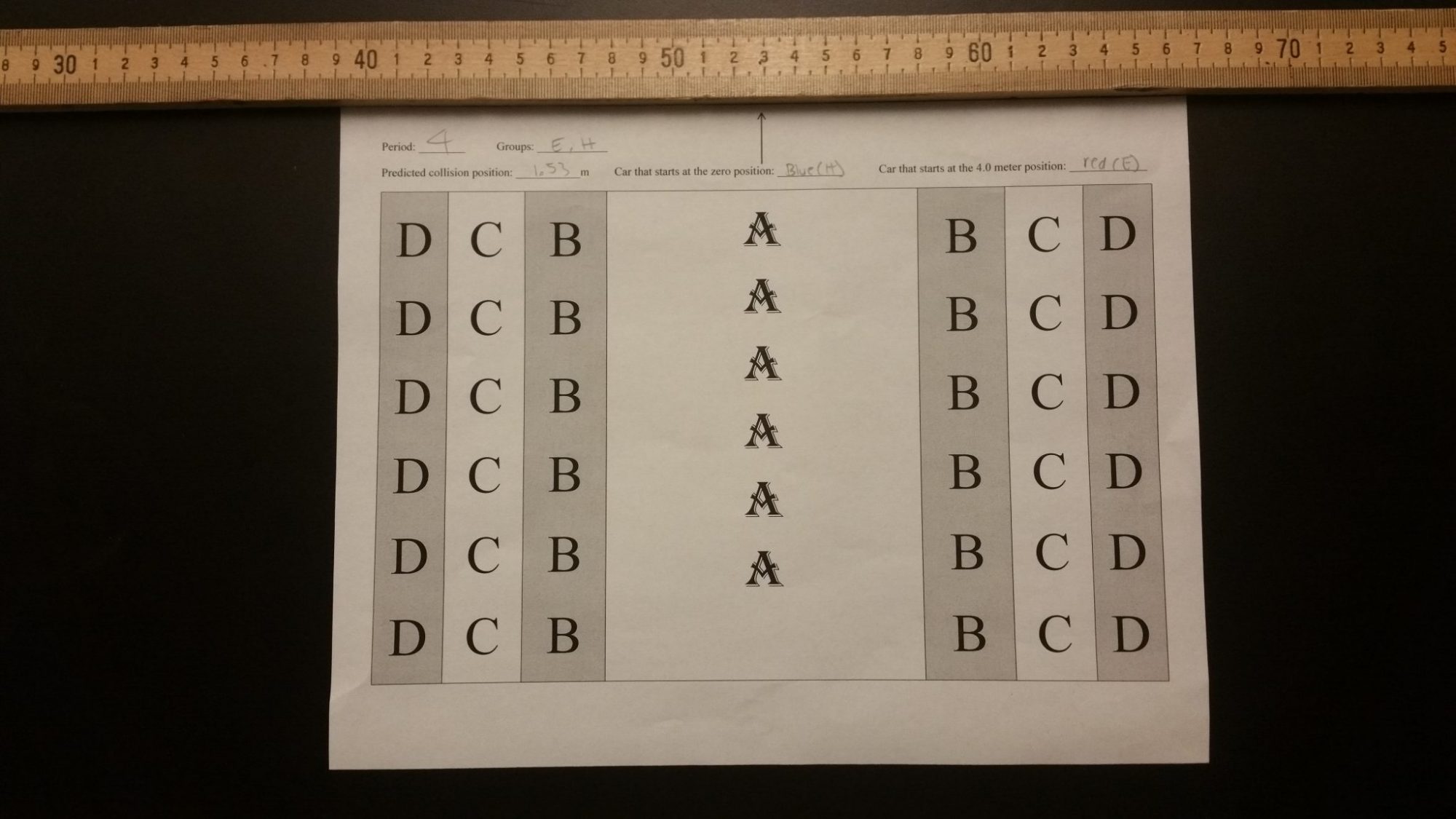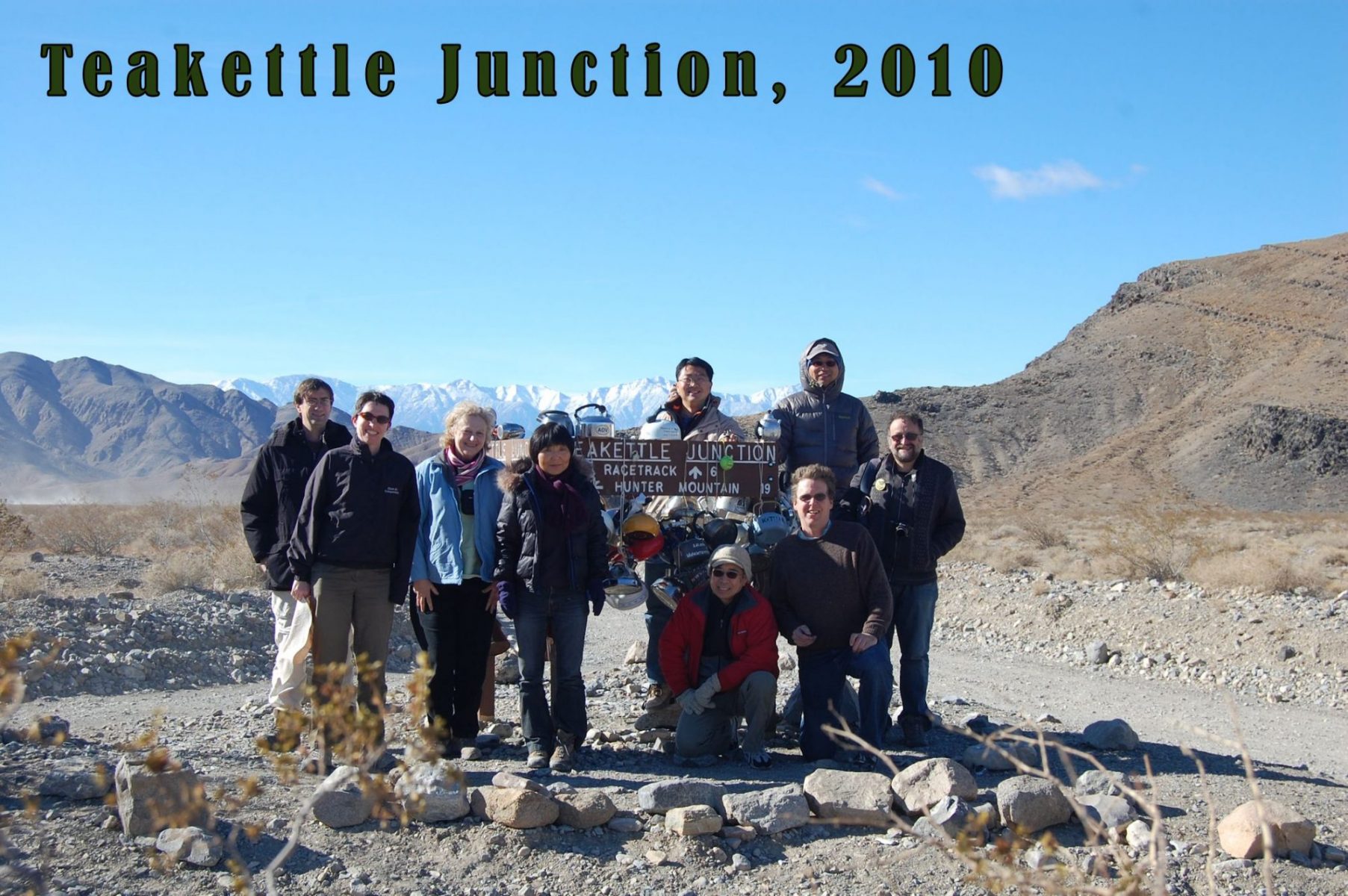Reformed Teaching Observation Protocol workshop at AAPT conference
At the AAPT Winter Conference, I attended a workshop on the Reformed Teaching Observation Protocol (RTOP) (emphasis on “reformed teaching” not “reformed protocol”). Below are my notes on that workshop. [This workshop runs 8:00-5:00 on Sunday, and I’m live blogging this so, if you’re reading during this time, reload the page for the most up-t0-date content.]
Intro question: What does good physics learning look like?
My responses:
- Student engagement: hands on; notetaking; calculators/computers use; students doing things, not just passive
- Teacher engagement: focus on different groups of students; listening to students; circulating around the classroom; during lectures responding to students questions, circulating.
My partner and my negotiating of the top three:
- Students making and recording observations.
- Teacher circulating
- Students solving problems.
Other groups’ results (not complete):
- Vendor and customer haggling in a market–>discourse. [I really like this one] Teacher runs the market.
- Students engagement [I think this word is overused without a common definition]
- Student verbal reasoning
- Students designing experiments
- Students working on open ended questions
- Teachers guiding students through Socratic questions (although avoid “Socratic hammer” of step-by-step leading questions)
- “Avoid plug and chug” [I’m concerned with the oversimplification of this statement]
- We had a discussion of the role of lecturing–avoiding getting caught into the “All lecture is bad” dogma, but retaining that lecture should be minimized (a subjective term if there ever was one).
- We had another discussion about the role of writing. I felt that is was important that some student writing was going on in order for them to better retain the information; others felt that sometimes they didn’t want their students worrying about taking notes, but rather just focus on the discussion. We addressed different learning modalities; in the end I think we could all agree with: Being prepared to write! (even if not all students write during the course of a period).
- PGA boards (post game analysis whiteboard)
- Body language/noise level of students.
Metaphors for teaching
- Market
- Jazz or blues
- Learning envelop
- Canals
Wrap up of morning introductory discussion

Our first video:
As a class we watched a ten-minute video of a college level lecture, taking notes and scoring it on our own. Over lunch, we met in threes and came to a consensus on our scoring on each of the 25 rubric items (ranking 0-5).
Our group got “stuck” over the question “The metaphor ‘teacher as listener’ was very characteristic of this classroom.” We were trained to mark zero only if it was not observed. We discussed whether asking a question and responding to the answer qualified as ‘teacher as listener.’ I argued that if zero is only scored if it didn’t appear, then listening did occur. Others felt that just because you ask a question, especially if there is only one right answer, that is not truly engaging in listening.
The workshop leaders emphasized that this is a constructivist tool, and the school that implements it needs to define what some of the terms mean to them. This seems like one of the strengths of this instrument: members of the institution need to agree on what are the goals of the institution.
Next video: A class for pre-service elementary teachers
Here we saw the difficulty of assessing teacher success when you’re looking at a static video of one group during a group lab session (RTOP training uses videos to help attendees compare their results to others and notice what they are doing right/wrong). The instructor set it up well (“You need to show me your design of how the bulb will light up before you get the materials”), but we really couldn’t see his interaction with the groups, so rating statements like “The teacher’s questions triggered divergent modes of thinking” is difficult.
My conclusion: We need more professionally produced videos with multiple cameras/mics to let trainees see more of the classroom (anyone interested in volunteering to do this, I’m sure that Falconer and MacIsaac would be more than happy to have you do this–maybe I’ll work on this in my “spare time”).
On another point, sometimes we may not observe something directly, but the classroom culture may be such to lead the observer to conclude that the instructor clearly creates the environment. This can be either positive or negative, e.g. if you’re observing group work, it may be real clear that the groups don’t routinely do group work.
In talking about creating class culture of interaction/engagement, it occurred to me that this may be the difference between a “good” teacher and a “great” teacher. A “good” teacher may be able to get most classes engaged, and perhaps a “great” teacher can get (almost) all classes engaged.
Third video: My class!
We were told on the course description that we could bring a video of ourselves to score. Last Wednesday/Thursday I had one of my students video me while introducing our acceleration lab (Unit 3 in Modeling mechanics). I had one ten minute shot that, while not the best audio/video, was a good representation of how I introduce the lab.
I thought I’d be doing the scoring myself, but Kathleen invited me to show it to everyone and have them score it. I braved my way to the front of the class and turned on my video for my classmates to score.
The leaders mentioned that the score would certainly be different if we had some video of the students conducting the lab, which is part of the problem of scoring video clips.
We’re done!
I enjoyed the workshop, and look forward to talking to my department/administration about the RTOP instrument.
On a humorous note, I came up with the name for a best-practices teaching group: Community United for Learning-focused Teaching. (Write out the acronym.) Hey, I just Googled it and couldn’t find it on any web page, so give me credit when you post it elsewhere 🙂






The RTOP is excellent, in my experience. Extensive research has been done on it. I don’t know of anything else that is nearly as good.
You can access RTOP resources at
http://modeling.asu.edu/R&E/Research.html
* Reformed Teaching Observation Protocol (RTOP) evaluation instrument; its history, research, & results.
* RTOP Self-Assessment: A guide for science and math teachers to reflect upon their teaching.
* RTOP online training